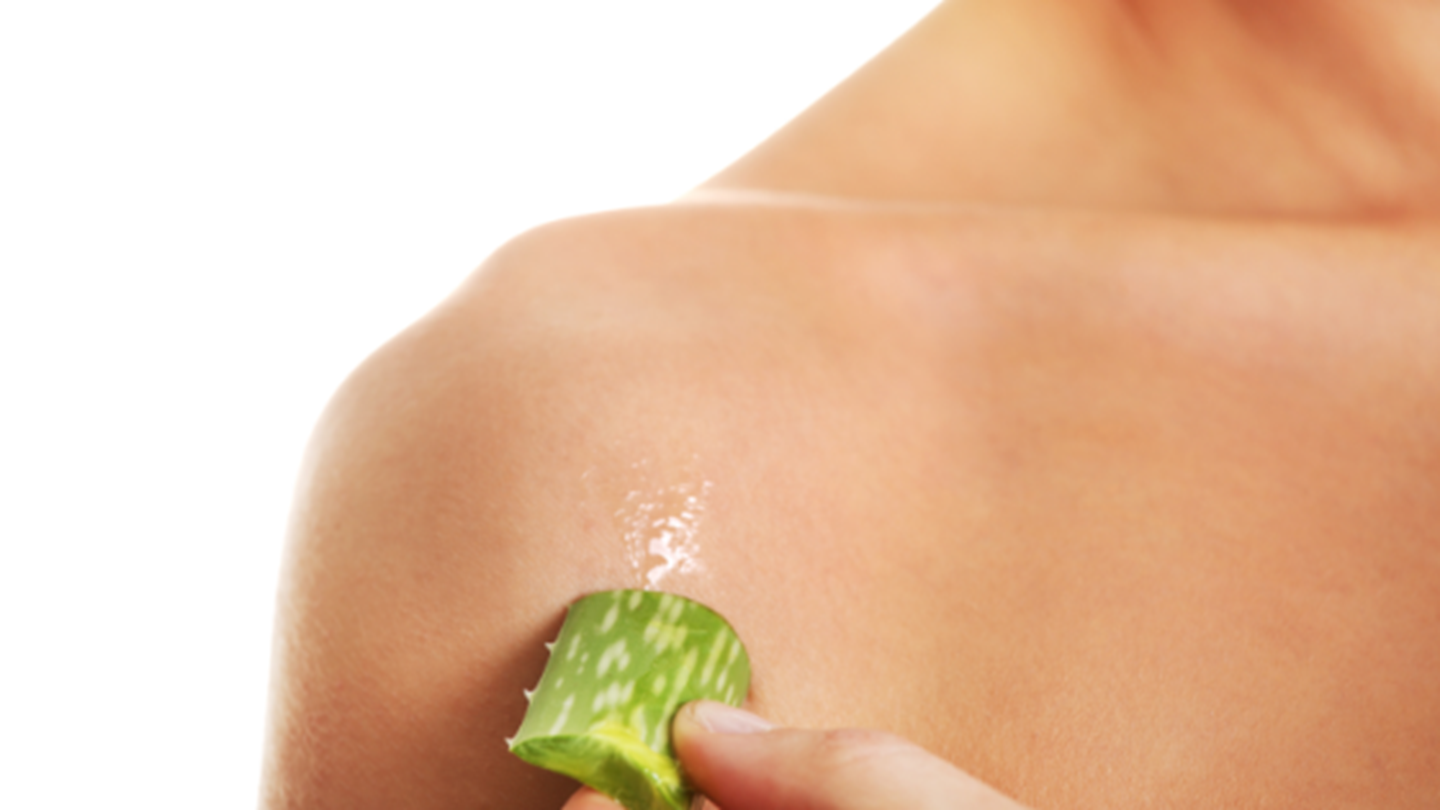Humidity Aids Healing
Winter is synonomous for dry skin. A knee jerk response is to apply a heavy cream or lotion. When the skin is dry apply "moisturizer". A lotion and/or cream (otherwise known as emollients) are the correct moisturizer if your skins barrier is still in tact. But, if the skin is dehydrated to the point of cracking, flaking and potentially bleeding, oil based moisturizers is the last thing your skin needs to heal. And most importantly, it won't work.
I suffer from eczema on my hands every winter. Yet, if I were to travel to the Dominican Republic during the winter months, my hands would be almost instantaneously healed. The abundance of humidty in the air is enough hydration to heal my skins barrier without applying any moisturizer directly on my skin! Healthy skin tissue thrives in a moist environment. If it's not in your budget to fly to DR, that's ok;) All you need is humectant based skincare products. Humectant ingredients are water rich, they mimic the skin’s sweat, and work by hydrating the skin. They have been specifically designed to prevent water loss, and protect the outer layer of skin from becoming dry and parched.
PUT DOWN THE LOTION AND PICK UP AN ALOE VERA PLANT
Think about your hands during the winter time. Despite slathering lotions/creams, are they still dry? Are you still searching for that miracle hand cream every winter? How about your face and the rest of your body? Does it almost seem like applying lotion is a waste of time? This is your skins warning sign, put down the lotion.
Buy an aloe vera plant for your bathroom. One customer took my advise and discovered you can buy them on Amazon lol. You don't even need to leave the house! It not only looks nice, but it will be a game changer for your skin. Apply it to your entire body and your skin will say thank you. Aloe Vera rapidly absorbs into the skin, providing immediate soothing, and decrease in redness. Aloe Vera is under rated and a disguised "super hero" in my book. Look at the facts! The plant has three components of the inner leaf. The inner clear gel contains 99.5% water. The remaining 0.5 – 1% solid material consists of glucomannans, amino acids, lipids, sterols and vitamins. It contains 75 potentially active components:
-
- Vitamins: It contains vitamins A (beta-carotene), C and E, which are antioxidants. It also contains vitamin B12, folic acid, and choline. Antioxidant neutralizes free radicals.
- Enzymes: It contains 8 enzymes: aliiase, alkaline phosphatase, amylase, bradykinase, carboxypeptidase, catalase, cellulase, lipase, and peroxidase. Bradykinase helps to reduce excessive inflammation when applied to the skin topically, while others help in the breakdown of sugars and fats.
- Minerals: It provides calcium, chromium, copper, selenium, magnesium, manganese, potassium, sodium and zinc. They are essential for the proper functioning of various enzyme systems in different metabolic pathways and few are antioxidants.
- Sugars: It provides monosaccharides (glucose and fructose) and polysaccharides: (glucomannans/polymannose). These are derived from the mucilage layer of the plant and are known as mucopolysaccharides. The most prominent monosaccharide is mannose-6-phosphate, and the most common polysaccharides are called glucomannans [beta-(1,4)-acetylated mannan]. Acemannan, a prominent glucomannan has also been found. Recently, a glycoprotein with antiallergic properties, called alprogen and novel anti-inflammatory compound, C-glucosyl chromone, has been isolated from Aloe vera gel.7,8
- Anthraquinones: It provides 12 anthraquinones, which are phenolic compounds traditionally known as laxatives. Aloin and emodin act as analgesics, antibacterials and antivirals.
- Fatty acids: It provides 4 plant steroids; cholesterol, campesterol, β-sisosterol and lupeol. All these have anti-inflammatory action and lupeol also possesses antiseptic and analgesic properties.
- Hormones: Auxins and gibberellins that help in wound healing and have anti-inflammatory action.
- Others: It provides 20 of the 22 human required amino acids and 7 of the 8 essential amino acids. It also contains salicylic acid that possesses anti-inflammatory and antibacterial properties. Lignin, an inert substance, when included in topical preparations, enhances penetrative effect of the other ingredients into the skin*. Saponins that are the soapy substances form about 3% of the gel and have cleansing and antiseptic properties.
"ORGANIC REPAIR SERUM" FOR FACE AND HANDS
Two additional "super hero" humectants in my book are Hylauronic Acid and Glycerin. Hylauronic Acid attracts water to the skin, but also holds water in the skin. It's a large molecule by nature, so it will protect the skins surface making it smooth and plump. Glycerin holds and atrracts water to the skin as Hylauronic Acid, but it is a small molecule and so protects the inner layers. Aloe Vera, Hylauronic Acid and Glycerin are the moisturizers contained in Organic Repair Serum.
*Application of aloe to skin may increase the absorption of steroid creams such as hydrocortisone. It reduces the effectiveness and may increases the adverse effects of digoxin and digitoxin, due to its potassium lowering effect. Combined use of Aloe vera and furosemide may increase the risk of potassium depletion. It decreases the blood sugar levels and thus may interact with oral hypoglycemic drugs and insulin.
References
Aloe Vera as Penetration Enhancer, Kiran Sharma*, Ashu Mittal, Nitesh Chauhan
Assistant professor at KIET School of Pharmacy, 13km stone, Ghaziabad – Meerut road, Ghaziabad- 201206 (U.P.)
ALOE VERA: A SHORT REVIEW, From the Department of Dermatology, Venereology and Leprosy, Grant Medical College and Sir J J Group of Hospitals, Mumbai - 400 008 Maharashtra, India

